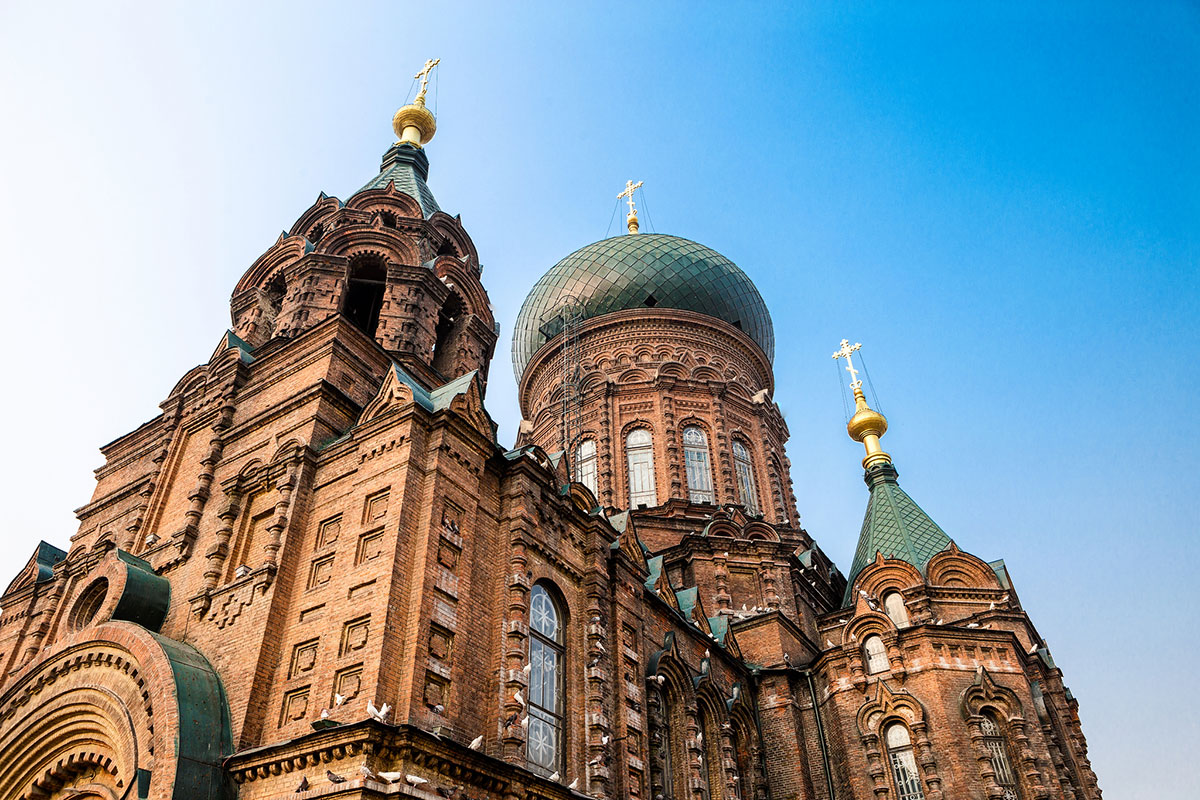Folklife Friday is a weekly digest of arts and culture articles, podcasts, and videos from across the web. Read on for a selection of the week’s best cultural heritage pieces, and don’t forget to check back next Friday for a new set of weekly picks.
Chinese City with a Russian Past Struggles to Preserve Its Legacy
In the blog series “Uncovering Harbin’s Mysteries,” Gao Hong, a local businesswoman in northeastern China, charts the rise and fall of her hometown’s distinctive architecture. In this piece, Kiki Zhao looks at the city’s Russian architecture—structures as steeped in history as they are contentious—and the urban redevelopment that plans to sideline them. “The government is strong and society is weak,” said Yin Haijie, a sociology professor at the Harbin Institute of Technology. “In the end we might be powerless,” Hon added, “but we are still trying our best.”
The Art Born of Destruction
For artist Ai Weiwei, China’s Cultural Revolution inspired much of his rich and varied work—a collection of objects that “draws attention to the destruction of China’s heritage, at once questioning and underscoring the value of history.” In this essay, which draws parallels between Ai’s approach and that of contemporary artists in the Middle East, creativity is presented as a powerful and necessary force—one that has long countered iconoclasm—much like “a ghost [that] can comfort, but a ghost [that] can also haunt” and makes the case that “genesis lies in destruction.”
Ai Weiwei’s installation Trace is on view at the Smithsonian’s Hirshhorn Museum June 28 to January 1, 2018, featuring works by individuals from more than thirty countries.
How Ruth Ozeki Renamed Herself
In this episode of “Other: Mixed Race in America,” writer Ruth Ozeki speaks about her latest, semiautobiographical book, A Tale for the Time Being, and her journey from Japan to New York to find her own voice. “I don’t really remember seeing my perspective reflected in pop culture. Certainly not in the early part of my life,” Ozeki explains, “I think that’s one of the reasons why it took me a long time…to understand that I needed to create this—that it was up to me to do this, and that I also had the right to do it.” Here, Ozeki explores why she changed her name to that of an ex-boyfriend: “we had broken up, but I always thought that the name was great.”
In Defense of Cultural Appropriation
“What is cultural appropriation, and why is it so controversial?” In this op-ed, Kenan Malik addresses just those questions in light of recent controversies—Dana Schutz’s painting of Emmett Till at the Whitney Museum as just one example. Though Malik acknowledges that cultures should have every right to speak for themselves, he urges against critiques that wall off or impose stringent boundaries on particular cultures. Malik finds common cause with critic Adam Shatz who observed that “acts of radical sympathy, and imaginative identification, are possible across racial lines.”
Where Do Art and Migration Meet?
“Sometimes it’s easier to feel like a stranger in a place like London, where everybody is from everywhere,” UK artist Gil Mualem Doron explains in this video. Doron is one of several artists featured at this year’s Tate Exchange, an annual program showcasing the work of international artists at the Tate London. This year, the program focuses squarely on art as a shared language between individuals, nations, and cultures.
Learn more about our migration- and identity-themed work by visiting the Smithsonian Folklife Festival’s program On the Move: Migration Across Generations online and on the National Mall, June 29 to July 4 and July 6 to 9.
Special thanks to editor Elisa Hough and to Michael Atwood Mason and Halle Butvin for their contributions to this week’s digest.


